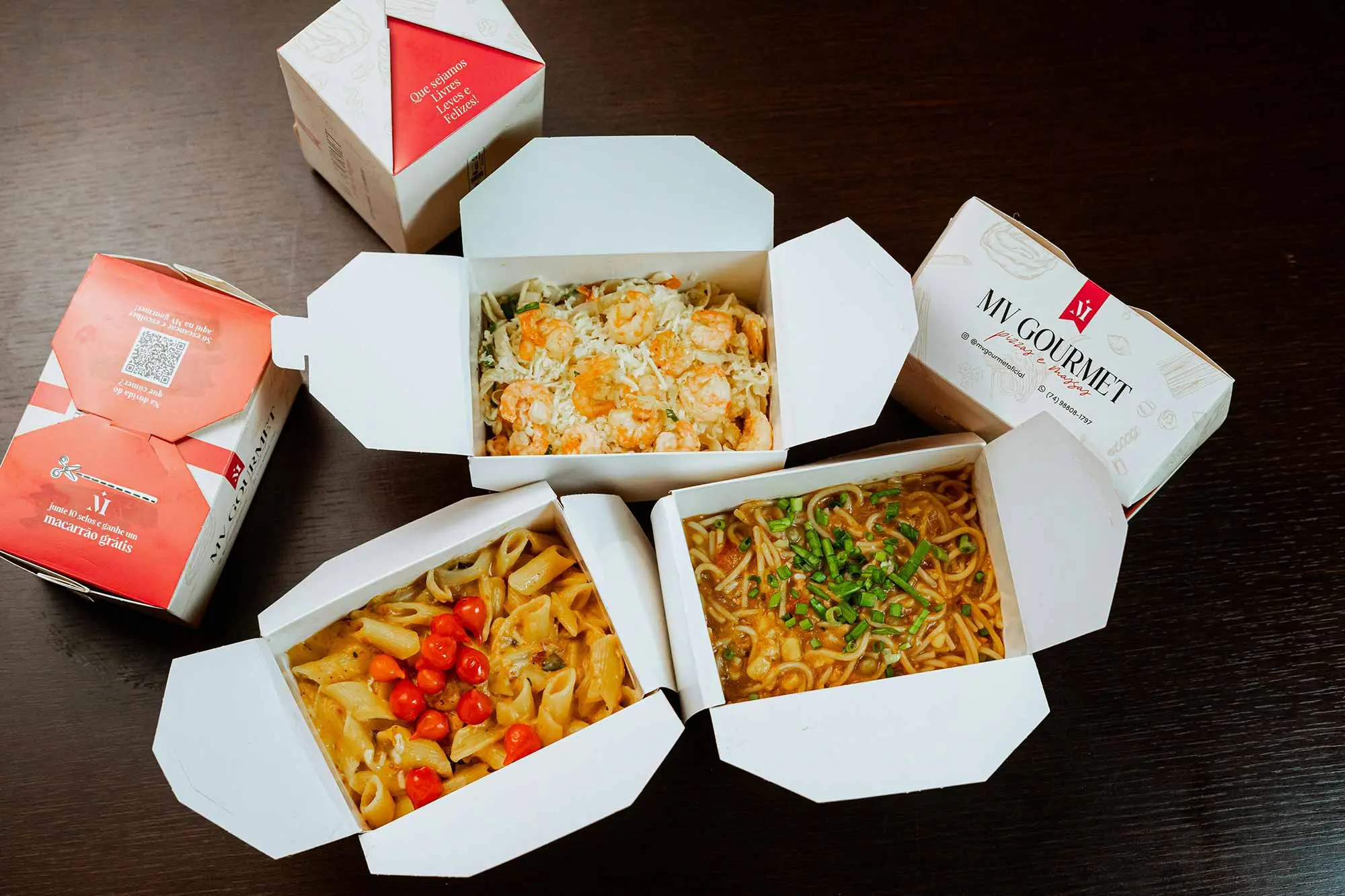As environmental concerns continue to rise, the food industry is increasingly shifting towards sustainable packaging solutions. The demand for eco-friendly packaging is not only driven by consumer preferences but also by regulations and a growing awareness of the environmental impact of traditional packaging. This article explores the future of sustainable packaging in the food sector.
The Rise of Biodegradable Materials
Biodegradable packaging materials are becoming more mainstream as an alternative to plastic. Materials like plant-based plastics, cornstarch, and mushroom packaging are gaining traction. These materials break down more easily and leave less environmental impact, offering a promising solution to reduce waste in the food industry.
Edible Packaging: The Next Big Thing
Edible packaging is one of the most exciting innovations in sustainable food packaging. Made from ingredients like seaweed, rice, and other edible plants, these packaging materials can be consumed along with the food they contain. This eliminates waste while offering consumers an innovative and eco-friendly packaging alternative.
Recyclable and Reusable Packaging Solutions
Recyclable and reusable packaging is expected to dominate the food industry in the coming years. Many food brands are already transitioning to materials like glass, aluminum, and paper, which are easier to recycle and repurpose. Additionally, innovations in packaging design are making it easier for consumers to reuse containers and reduce waste.
The Role of Technology in Sustainable Packaging
Technology plays a crucial role in the development of sustainable packaging solutions. Advances in nanotechnology, for instance, allow packaging materials to have improved strength and durability without compromising on sustainability. Additionally, smart packaging technologies can help monitor the freshness of products, reducing waste and enhancing food safety.
Minimalist Packaging Design
The future of food packaging will also focus on reducing the amount of material used. Minimalist packaging involves using fewer materials and focusing on the essentials. This trend not only reduces waste but also appeals to eco-conscious consumers who prefer simpler, more sustainable packaging options that reduce their carbon footprint.
Features of Sustainable Packaging
The future of sustainable packaging in the food industry emphasizes renewable and biodegradable materials like plant-based plastics. It focuses on recyclability and reusable solutions, with technology integration to monitor food freshness and reduce waste. Minimalistic design is used to reduce packaging, while edible packaging eliminates waste entirely.
Conclusion
The future of sustainable packaging in the food industry is bright, with advancements in materials, technology, and design driving change. By adopting more sustainable practices, the food industry can reduce its environmental impact while meeting consumer demand for eco-friendly options. The shift toward sustainability will be essential in shaping a greener future for the planet.
